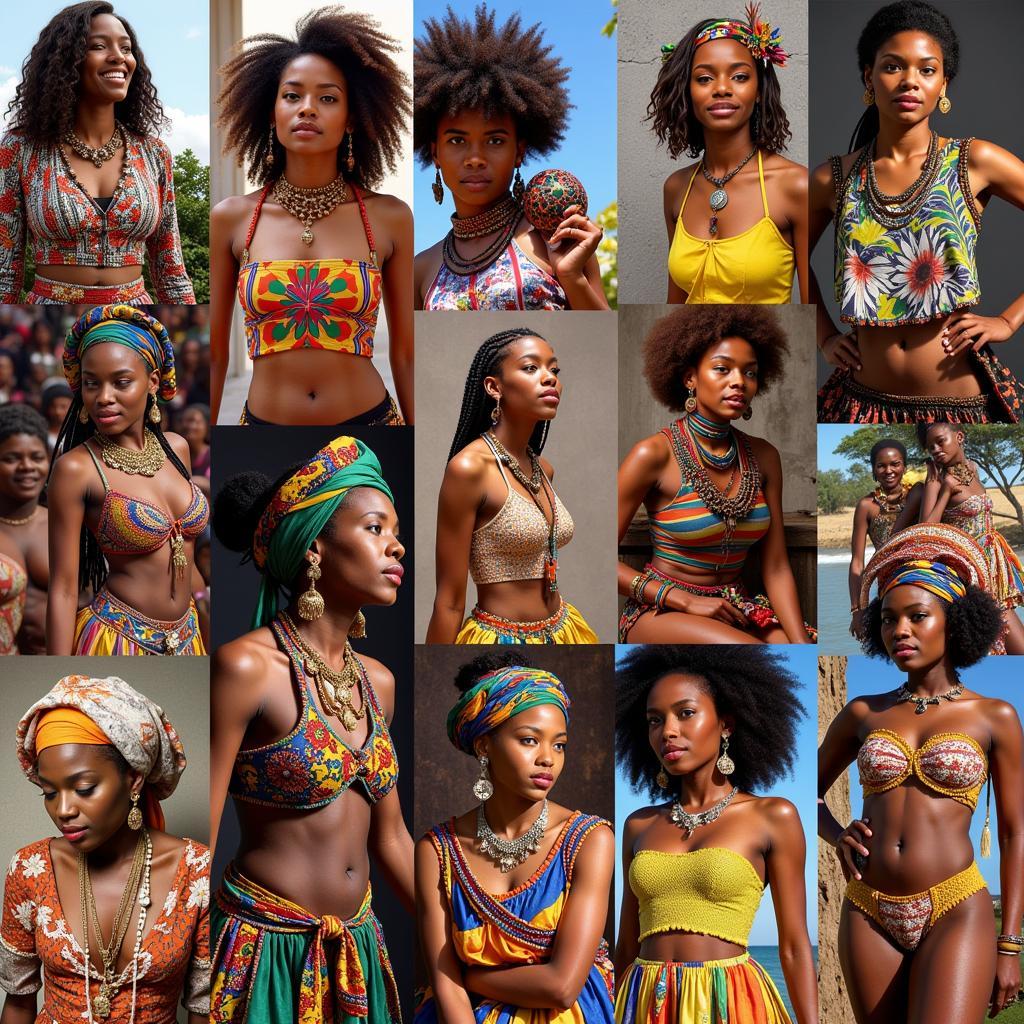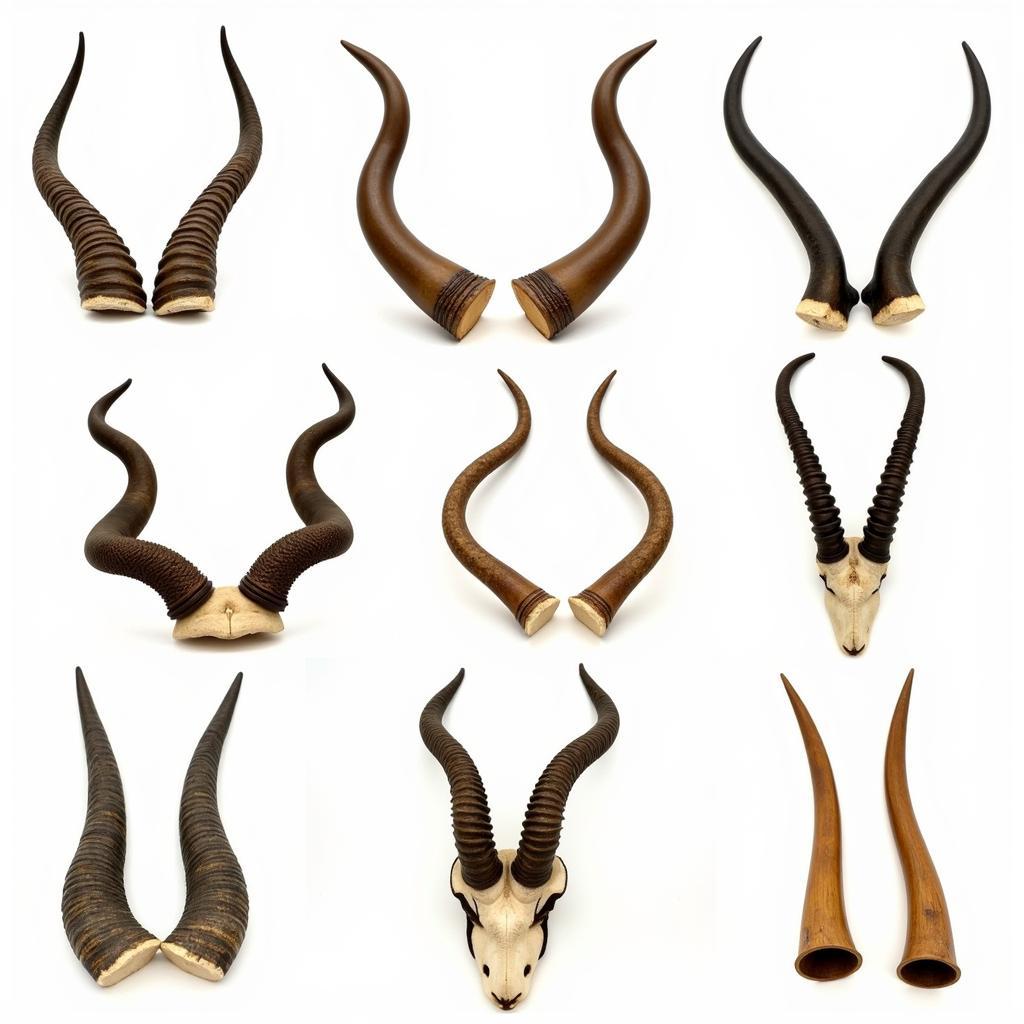African Jesus Images: Challenging Westernized Perceptions
Depictions of Jesus Christ have long been influenced by Western art and tradition, often portraying him with European features. However, the concept of “African Jesus Images” has gained prominence, prompting reflection on the Eurocentric lens through which Christianity is often viewed. This exploration delves into the significance of portraying Jesus in an African context, challenging conventional imagery and fostering a more inclusive understanding of faith.
Reclaiming Identity and Representation
The emergence of African Jesus images represents a powerful shift towards reclaiming identity and representation within religious iconography. By depicting Jesus with African features, attire, and cultural elements, these images challenge the notion that divinity is confined to a single ethnicity. This movement resonates deeply with communities seeking to reconcile their faith with their cultural heritage, fostering a sense of belonging and affirming the universality of Jesus’ message.
Beyond Eurocentrism: Embracing Diversity in Faith
For centuries, the dominant image of Jesus has been deeply rooted in Eurocentric interpretations, often failing to reflect the diversity of the global Christian community. African Jesus images challenge this historical bias, prompting a necessary conversation about inclusivity and representation within religious art. This shift encourages a broader understanding of faith, acknowledging that Jesus’ teachings transcend cultural and ethnic boundaries.
The Power of Visual Representation
Visual representations hold immense power in shaping perceptions and beliefs. When individuals see themselves reflected in their religious icons, it can foster a deeper connection to their faith and a stronger sense of belonging. African Jesus images offer a powerful visual reminder that Christianity is not a monolithic entity but a faith embraced by people of diverse backgrounds and cultures.
FAQs
1. Are African Jesus images meant to replace traditional depictions?
No, these images are not meant to replace but rather to expand the visual vocabulary surrounding Jesus Christ, promoting inclusivity and challenging Eurocentric norms.
2. What is the significance of depicting Jesus in African attire?
Clothing and attire are powerful symbols of cultural identity. Depicting Jesus in African attire highlights the contextualization of faith within different cultures.
3. How do African Jesus images contribute to interfaith dialogue?
By embracing diversity within Christianity, these images can foster greater understanding and respect between different faiths, promoting a more inclusive religious landscape.
Need help?
For assistance, kindly reach out to us.
Phone: +255768904061
Email: [email protected]
Address: Mbarali DC Mawindi, Kangaga, Tanzania.
Our dedicated customer support team is available 24/7 to assist you.


